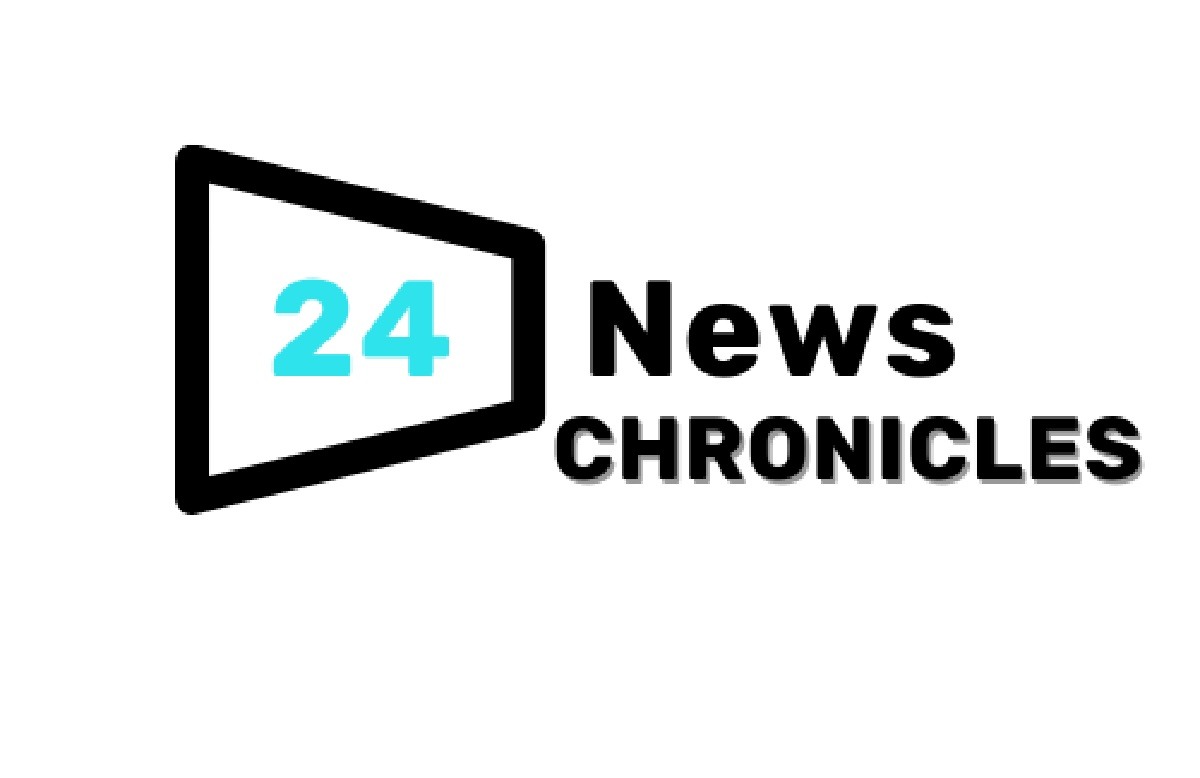Are you considering investing in a new website design for your Philadelphia web design company, but you still need to decide whether the theme or custom design is the best option? If you know the differences between the two or are just beginning the discovery process, this blog will give you some helpful ideas for determining the best option to choose.
The Next Step for Your Web Design as well as Digital Strategy:
It’s time to consider an analogy. One of the simplest ways to appreciate the difference between a template and a custom website is to look at the possibility of a custom-built house and a production house. We use both for similar reasons. However, if you’re looking for more options (such as an extra bedroom with two closets), it will be easier to construct your home from the beginning.
Similar, we can said about web design. The home/themed production website provides simple move-in and installation with a lower price and specs that may meet your requirements. But, based on what you’re looking for, you might need help to be able to use this feature at some point or require a change in your lifestyle to suit.
In consulting with our clients to decide the best approach to our client’s needs, we first determine the primary requirements of the site and the audience that the site will serve. Some of the factors be the significance of a website’s ranking over competitors, the uniqueness of the brand and web Design Company as well as the budget and timeframe and who’s part of the intended market.
Working with Templates:
Plenty of themes and web hosting providers are available to offer you a web theme. You’ve likely seen Wix, Squarespace and GoDaddy advertisements for websites themed; however, WordPress is by far the most well-known site hosting platform. They have both paid and free themes that you can select from. If you’re looking for an experienced team to create your site, any agency for web design and development can build WordPress websites. However, not all WordPress websites are built in the same way.
A theme-based approach will work perfectly for certain clients who require a site that serves only a handful of essential functions without customization. A portion of their savings on development and design costs may put back into the structure of SEO and link building to help with traffic generation. However, this method could be a challenge. The site you have designed can only load at a speed that is fast that you might be restricted due to design issues later.
Additionally, obtaining assistance or making changes to the theme might be a challenge if your website firm doesn’t provide ongoing support because the code is likely to come in hard way to access and modify. Because WordPress is so widely used, creating code for the site is possible, and it’s not like two developers work in the same method. It’s like buying the book Goosebumps and instructed to make it the form of a Steven King novel. Scary.
Pros for Templates:
1. More quickly to get your product on the market
2. Less expensive
3. Access to a variety of third-party applications
4. Themes specific to the industry (Construction, restaurant, law firm etc.)
Cons of Templates:
1. There aren’t many options for design, and this results in a website which is restricted to a simple theme that’s hard to manage
2. Support is hard to come by.
3. Only sometimes designed with responsive mobile technology.
4. Themes are designed to handle many add-ons and third-party applications that slow the site’s performance.
5. Organic SEO isn’t part of the system.
Working with the ability to create a custom website design:
There’s a reason why bigger firms choose to design their websites rather than work with the framework of a theme. Custom-designed websites are more efficient in generating revenue.
Because they’re designed using a single business at heart. You won’t need to be concerned that your site is loaded with features you will not use. The main problem with templates is that they’re designed to handle all kinds of after-market modifications. Whereas the custom design is designed to provide your web design company with what you require. Furthermore, as the code is more concise and specifically written for your company, SEO will be higher when you have a customized website.
The main drawback of a custom-designed site is that it takes more time (and consequently is more costly); however, it could prove to be an advantage in the end. Instead of trying to achieve perfection in a hurry, it allows both teams to scrutinize each design or page, if needed and ensures that it meets the consumer’s needs. This level of attention to detail could improve the analysis of your ROI.
Pros for Custom Design:
1. Tailored to your business and market
2. The website is designed for search engines to make it friendly from the beginning.
3. Your website will be tested for compatibility with all browsers and device types.
4. Support continues to be provided by the company’s website
Cons of Custom Design:
1. More time to implement
2. More expensive
3. This requires more effort and time in the building process.
Conclusion:
The decision between a template or a custom website is entirely yours. There are a few web design companies in Philadelphia which can do fine using a template website. They might have programming or CMS expertise, or the website they’re searching for has limited features. For most companies, it could make sense to delegate the maintenance of their website security, web safety, updates to software and the maintenance of functionality to webmasters.
While a custom site may cost more upfront, you can almost guarantee that a custom site that is built by a professional web team will require less maintenance from your team. And less third-party plug-in requirements/payments, and less time spent struggling to get a theme to perform the way you want.






